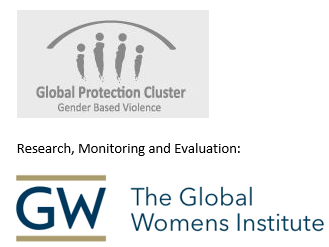- In the face of the severe economic hardship that conflict and displacement often cause, many women and adolescent girls have limited opportunities to support themselves and their families. Refugee women living in camps, for example, are often not legally allowed to work outside of the camps – and some not even within the camps (Chynoweth & Patrick, 2007). Their economic vulnerability heightens their risk of exposure to sexual exploitation by aid workers, family and community members. In the absence of formal jobs, most will find work in the informal economy—from collecting and selling firewood to running small-goods kiosks in unsafe areas—which may also put them at heightened risk of physical and sexual violence and sexual exploitation. Some may resort to sex work in exchange for money or goods. Families may feel pressure to marry daughters at young ages to generate income, and/or to ensure the economic well-being of the girl (Chynoweth & Patrick, 2007).
- Livelihoods programmes that include built-in protective mechanisms to monitor and mitigate potential risk factors can help to reduce participants’ exposure to violence and exploitation while empowering them with skills training and social and financial capital. These programs:
- provide women with safe alternatives for generating income;
- promote community spaces where women can connect and increase their sense of self-worth and self-sufficiency;
- foster women’s independence, which may increase their ability to leave exploitative or abusive situations;
- provide a platform to address issues of violence, gender norms and power imbalances in the family and community in a sensitive way (Chynoweth & Patrick, 2007).
- Economic programs take various forms--from simple income-generating activities carried out in the household to micro-finance programmes that include a range of financial products and services. Micro-finance programmes provide women with the credit to start micro-businesses, and may include a skills or business training component as well as a savings component. Microfinance programs range from those run by formal banks to those started through informal village savings and loans associations (VSLAs). VLSAs consist of groups of women that contribute to a common fund, which is then used to give small loans to individual members for business start-up.
- Despite the absence of evaluated programs, the growth of livelihoods programming in conflict-affected settings in the last several years has generated lessons about principles and approaches to safe programming, particularly targeting displaced women and girls.
